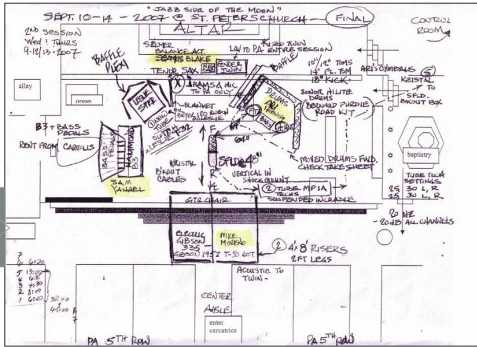As we move more and more to everything being digital and available for download or to be streamed to you, some industries suffer. CNet.com has an article about Sony closing it’s Pitman New Jersey plant that makes CDs.
Kind of interesting that Sony used to have THREE plants in the USA that pressed CDs, one of them closed in 2003, and now the Pitman one is closing. I personally only get physical CDs when I go to Rasputins (used), or get something used off of Amazon.com. Though there has been a resurgence of “low-fi” and “audiophile” music, both of which seem to favor vinyl rather than CD. I do like the trend of iTunes and others upping the bit-rate and losing the DRM on the music….and keeping the price at $0.99.
